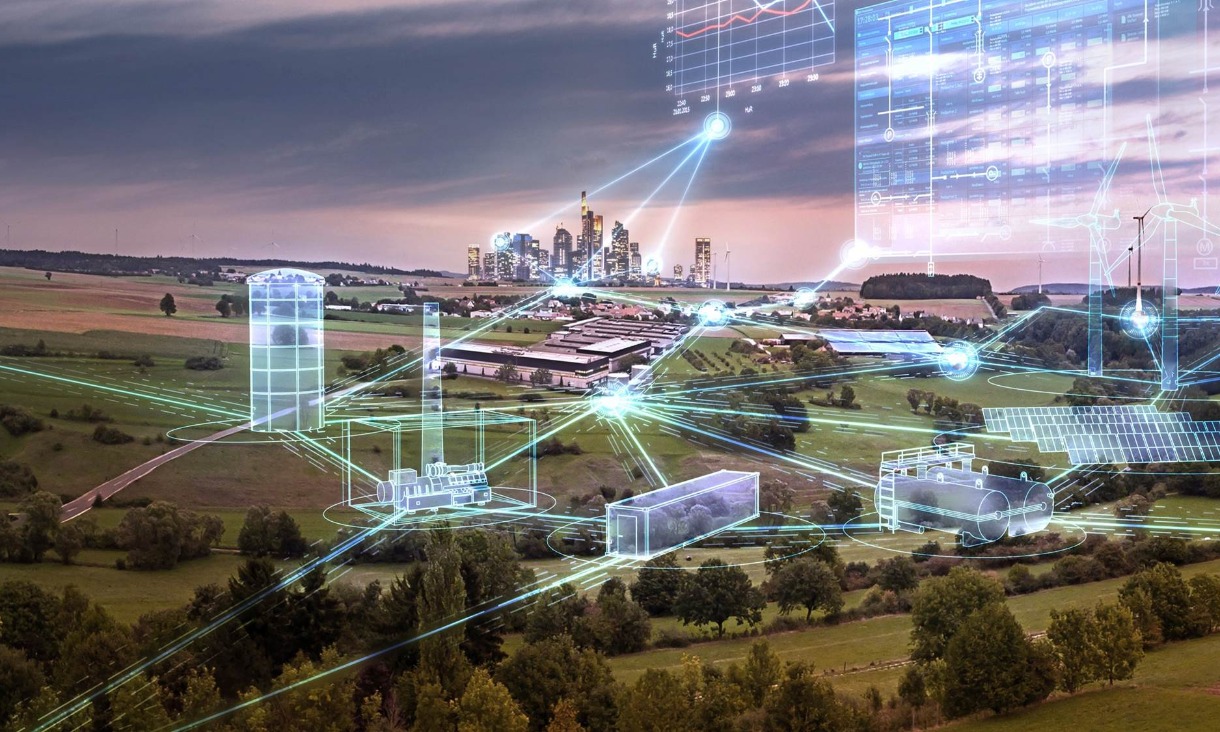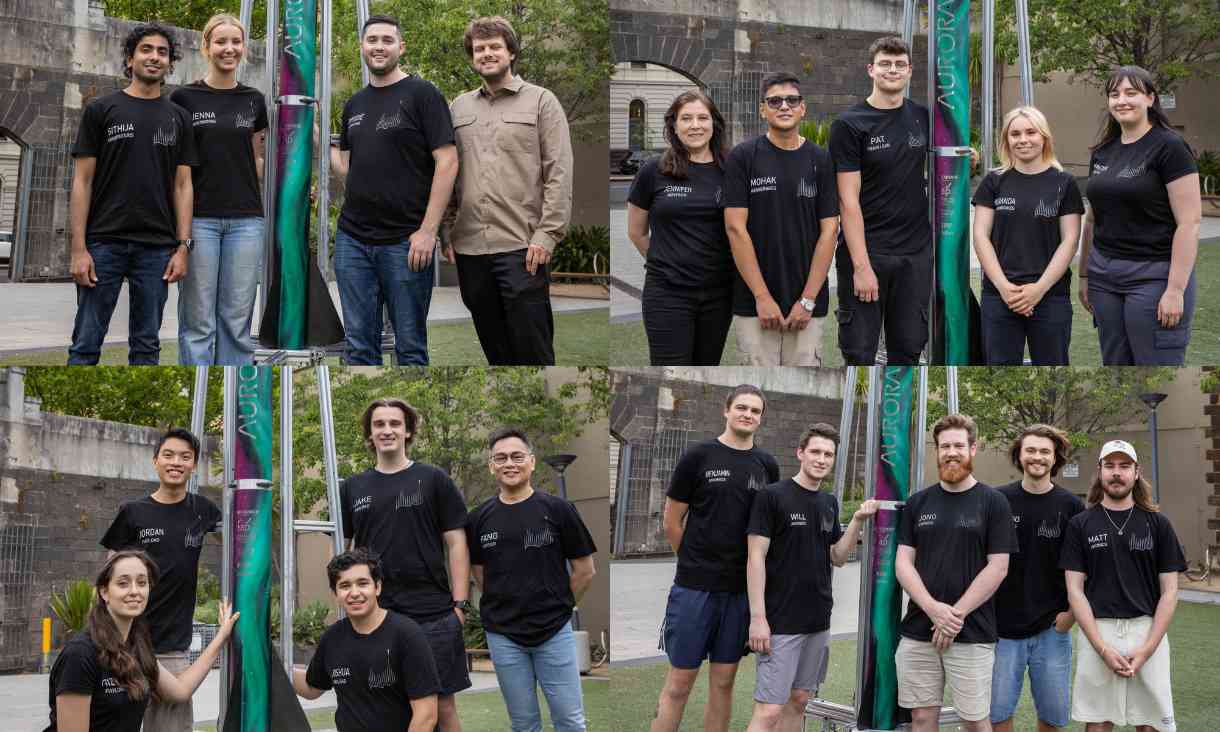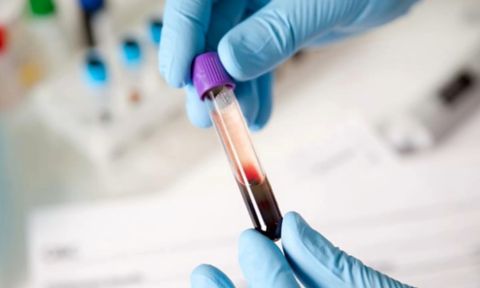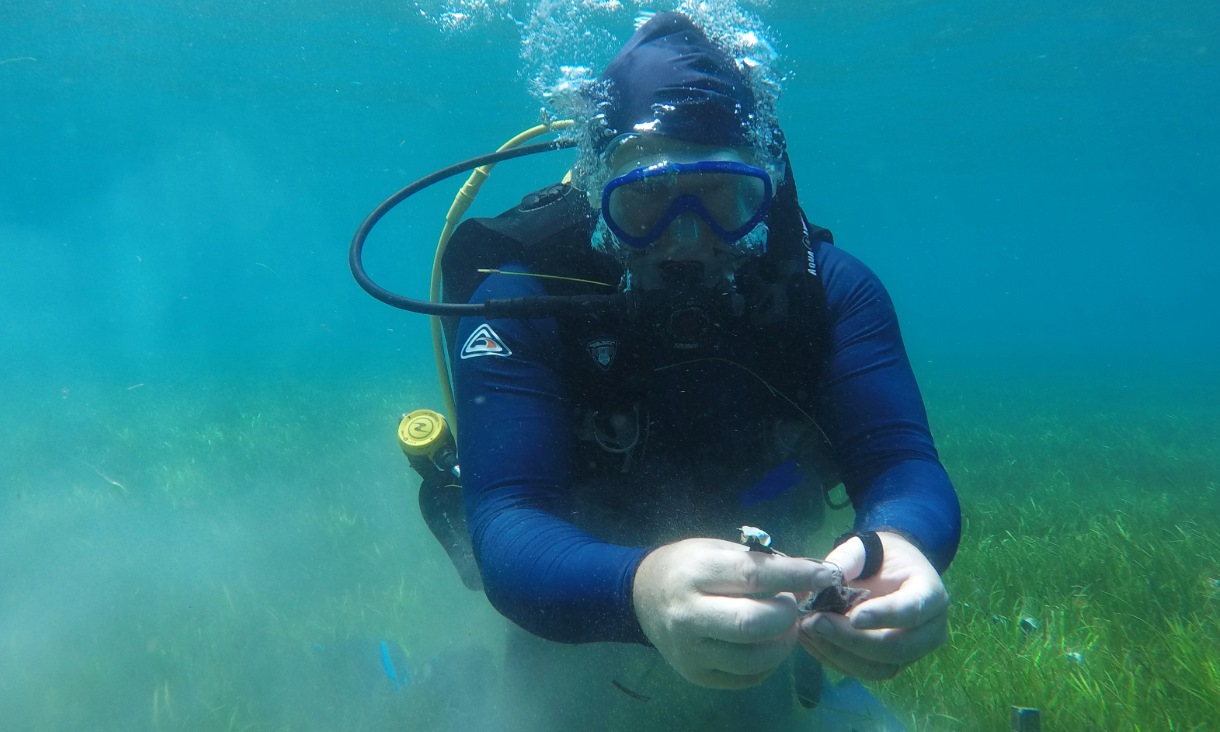Harnessing the power of data analytics, Internet of Things (IoT), simulation and the same hardware and software used by new generation national networks, the future energy workforce can test and model real-world scenarios and optimise energy systems for smart cities, including national and local energy grids.
It builds on a Memorandum of Understanding (MoU) RMIT, Siemens and Festo signed last year to drive industry and workforce transformation.
Deputy Vice-Chancellor of RMIT’s STEM College and Vice President of Digital Innovation Professor Aleks Subic welcomed the latest strategic initiative, saying it opened new education and research pathways to one of the nation’s most critical topics – the future of energy for smarter and more sustainable cities.
“Energy impacts every industry and every home in Australia. Our cities need smarter energy grids and systems that support our sustainable development agenda,” Subic said.
“With a growing mix of energy types coming into the market, we’re focused on developing new technological solutions and new workforces to help progress our economy through Industry 4.0 towards a more sustainable future.
“By working in interdisciplinary teams engaged with industry, our students and researchers are gaining valuable soft skills in teamwork, systems thinking and problem solving, while using the latest in digital technology that will set them up for life and work.”
The Digital Energy TestLab features two modelling options for students: the national grid simulation that mimics complex energy scenarios using the Australian Energy Market Operator’s (AEMO’s) data and a microgrid system that mimics more complex energy flows from multiple traditional and renewable sources of various sizes.
It’s the latest addition in a network of TestLabs with universities across Australia, designed to build capability across a range of critical areas from energy and agribusiness through to advanced manufacturing.
Siemens Australia Chairman and CEO Jeff Connolly said Australia’s progress towards net-zero carbon emissions by 2050 hinged on using new technologies and people who could harness them to deliver innovative solutions.
“I’m really proud to continue to work with RMIT and other Australian key educators to help drive better outcomes for the nation on the critical topics such as digitalisation and energy,” Conolly said.
”Gone are the days of siloed responsibilities between educational institutions and industry.
“Through the contribution of Siemens technology in the TestLab, students will now have hands on experience working on data that can help maintain grid stability in the event of situations such as natural disasters and outages.
“Students also have the opportunity to understand the dynamics and impact of various generation sources such as wind and solar power, storage, electric vehicle charging and other infrastructure.”
Engineers Australia CEO Dr Bronwyn Evans said engineering was at the heart of solving society’s greatest challenges, including the future of energy.
“It gives me great optimism that Australian engineers will have access to the best tools and, therefore, will be able to develop the real-world skills necessary to guide us through the journey to more reliable, cost effective and environmentally sustainable energy future,” Evans said.
Story: Amelia Harris





